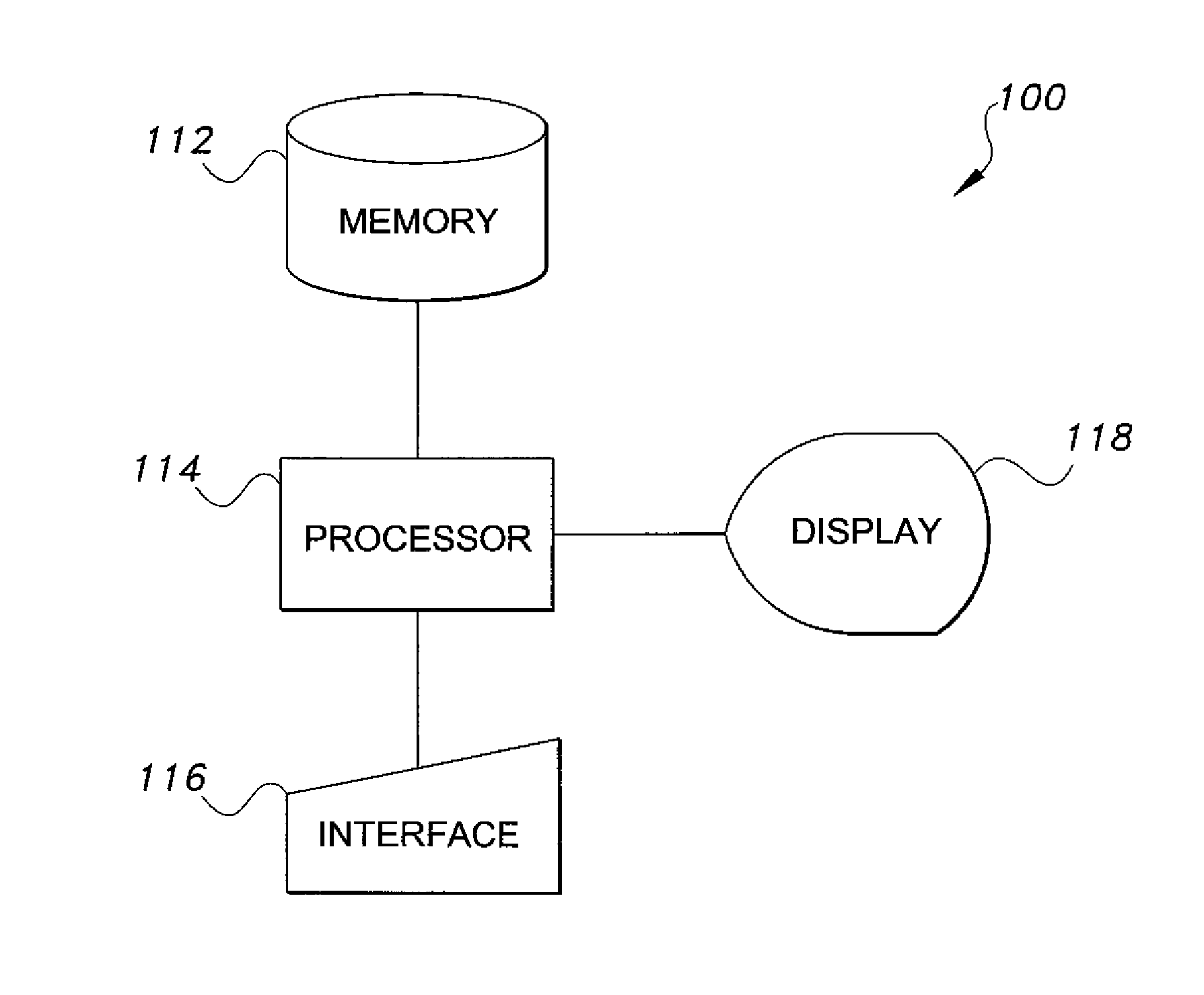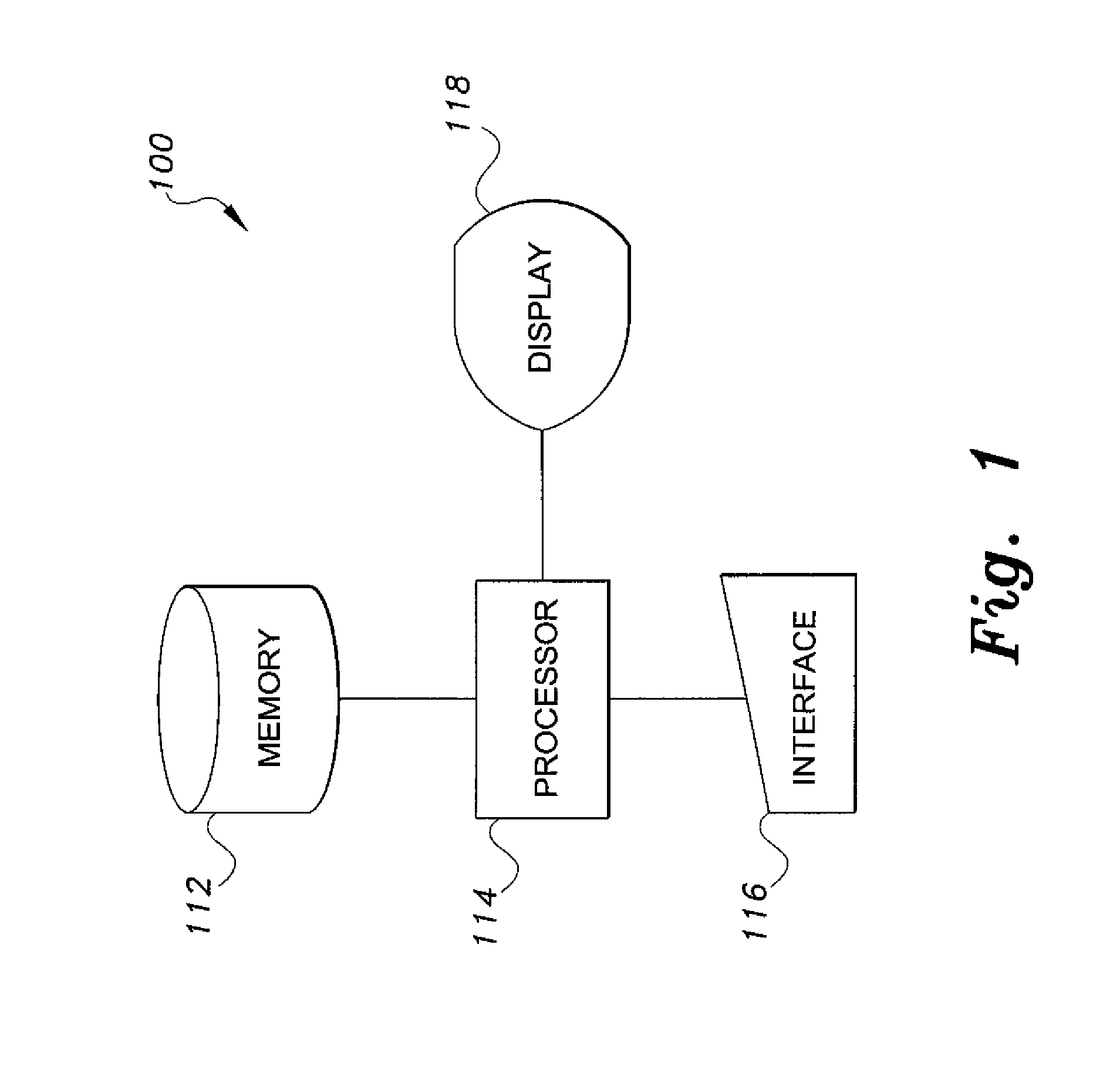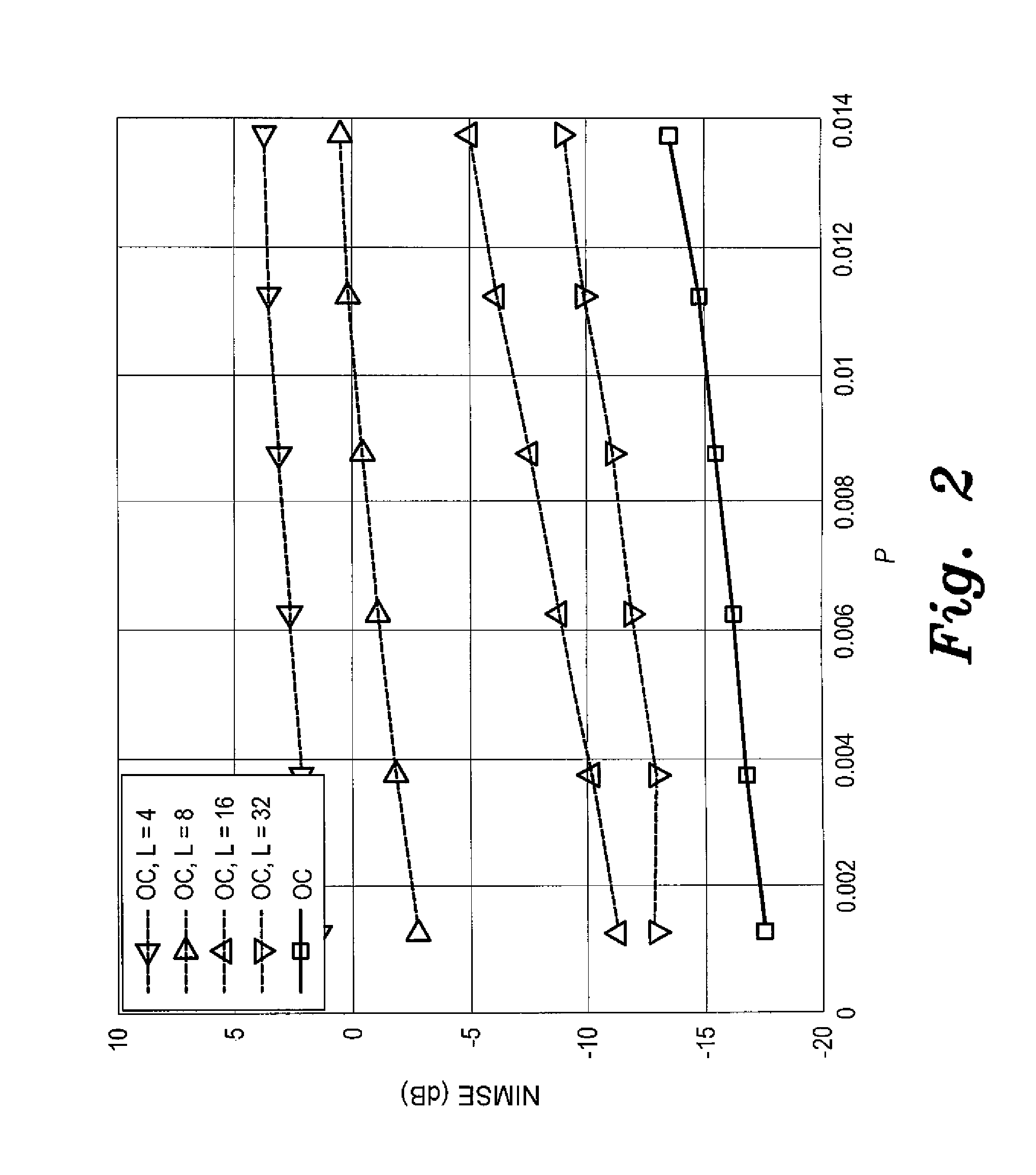Method of performing structure-based bayesian sparse signal reconstruction
a signal reconstruction and bayesian sparse technology, applied in the field of signal processing techniques, can solve the problems of np-hard, number of drawbacks, and inpracticality, and achieve the effect of low complexity
- Summary
- Abstract
- Description
- Claims
- Application Information
AI Technical Summary
Benefits of technology
Problems solved by technology
Method used
Image
Examples
Embodiment Construction
[0091]The method of performing structure-based Bayesian sparse signal reconstruction is based on the CS problem, described by the model of equation (1) above. In the problem, x∈CN is a P-sparse signal (i.e., a signal that consists of P non-zero coefficients in an N-dimensional space with PM is the observation vector with Mn2IM). The first step in the method is correlation of the observation vector y with the columns of the sensing matrix Ψ. By retaining correlations that exceed a certain threshold, we can then determine the dominant positions / regions where the support of the sparse vector x is located. The performance of the orthogonal clustering method is dependent on this initial correlation-based estimate or “guess”. This step creates a vector of N correlations.
[0092]From the vector of N correlations generated in the previous step, the indices with a correlation greater than the threshold κ are then obtained. Since n is complex Gaussian, the value of κ can be easily evaluated suc...
PUM
 Login to View More
Login to View More Abstract
Description
Claims
Application Information
 Login to View More
Login to View More - R&D
- Intellectual Property
- Life Sciences
- Materials
- Tech Scout
- Unparalleled Data Quality
- Higher Quality Content
- 60% Fewer Hallucinations
Browse by: Latest US Patents, China's latest patents, Technical Efficacy Thesaurus, Application Domain, Technology Topic, Popular Technical Reports.
© 2025 PatSnap. All rights reserved.Legal|Privacy policy|Modern Slavery Act Transparency Statement|Sitemap|About US| Contact US: help@patsnap.com



